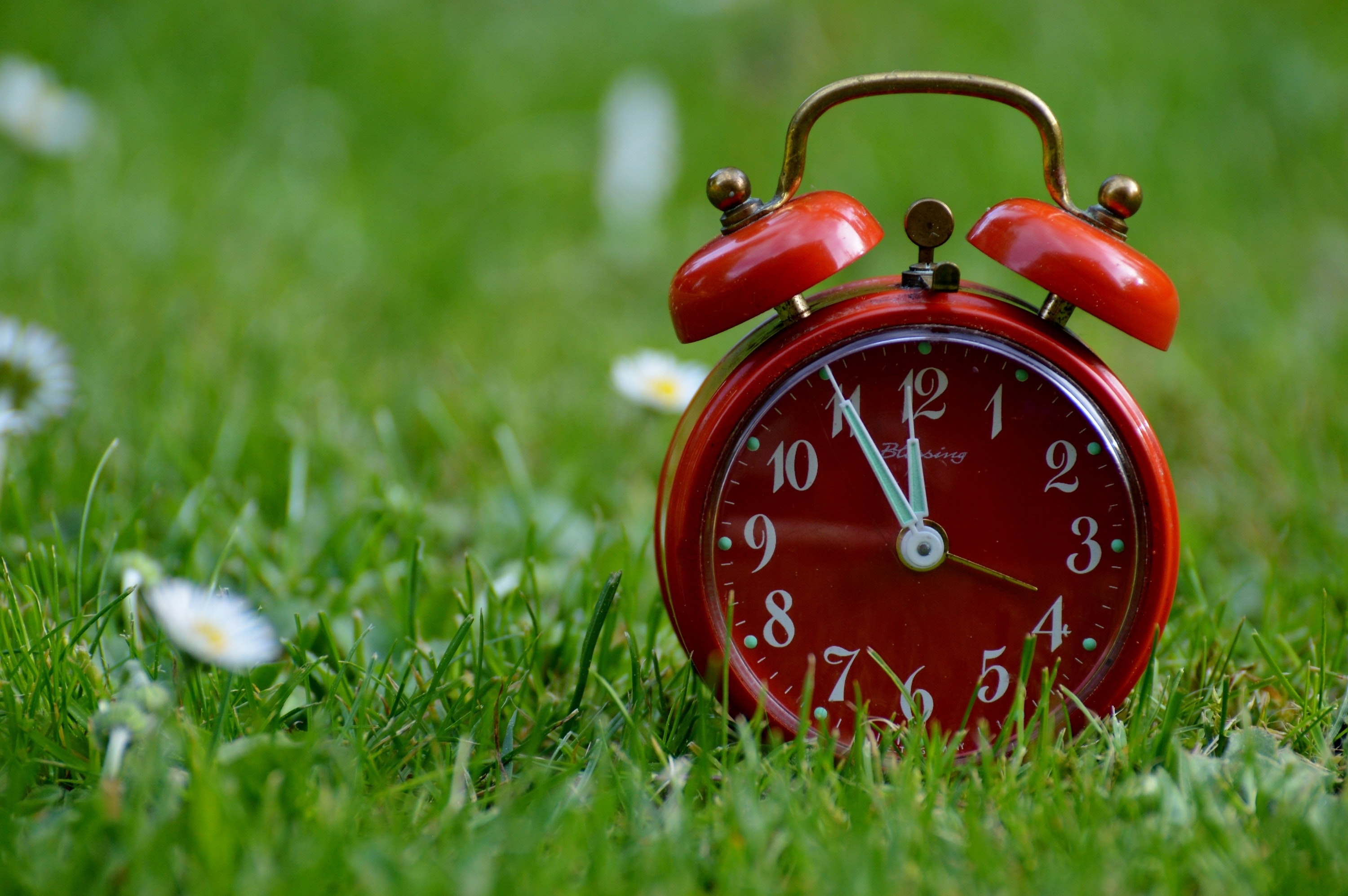The first sign that spring is on its way is taking place this weekend. Daylight savings occurs this Sunday, March 10th here in Canada and the US. The clocks will move ahead one hour, shifting an hour of daylight from the morning into the evening. 
While many of us look forward to this first sign of spring, it can interrupt your sleeping pattern. Although the time change is only one hour, it does have the power to interfere with your sleep-cycle and circadian rhythm.
Here are some tips you can implement to ensure that your sleep-cycle stays on track and you don’t lose any precious Zzz’s:
1. Try to get to bed an hour earlier the night before. While you may feel it’s too early to hit the hay, your body will thank you in the morning. Or, if that might be too challenging for you, try getting to bed at least 15 minutes earlier the few nights leading up to daylight savings.
2. Avoid any bright lights in the evening. You want your body to produce as much melatonin (what regulates your wake/sleep cycle) as it can in the evening and light exposure can suppress your body’s creation of the melatonin hormone.
3. Create an ideal sleeping environment. Some examples of this include: keeping electronics out of the bedroom, a dark room, ear plugs and a sleeping mask.
4. Limit any caffeinated drinks before bed and/or in the evening. Try reaching for an herbal tea instead.
5. Try not to not take any long naps. A long nap (while, very nice) may cause difficulties in getting a full nights rest.
6. Try a gentle restorative yoga practice or legs up the wall to help unwind before bed.
Happy Daylight Savings!
